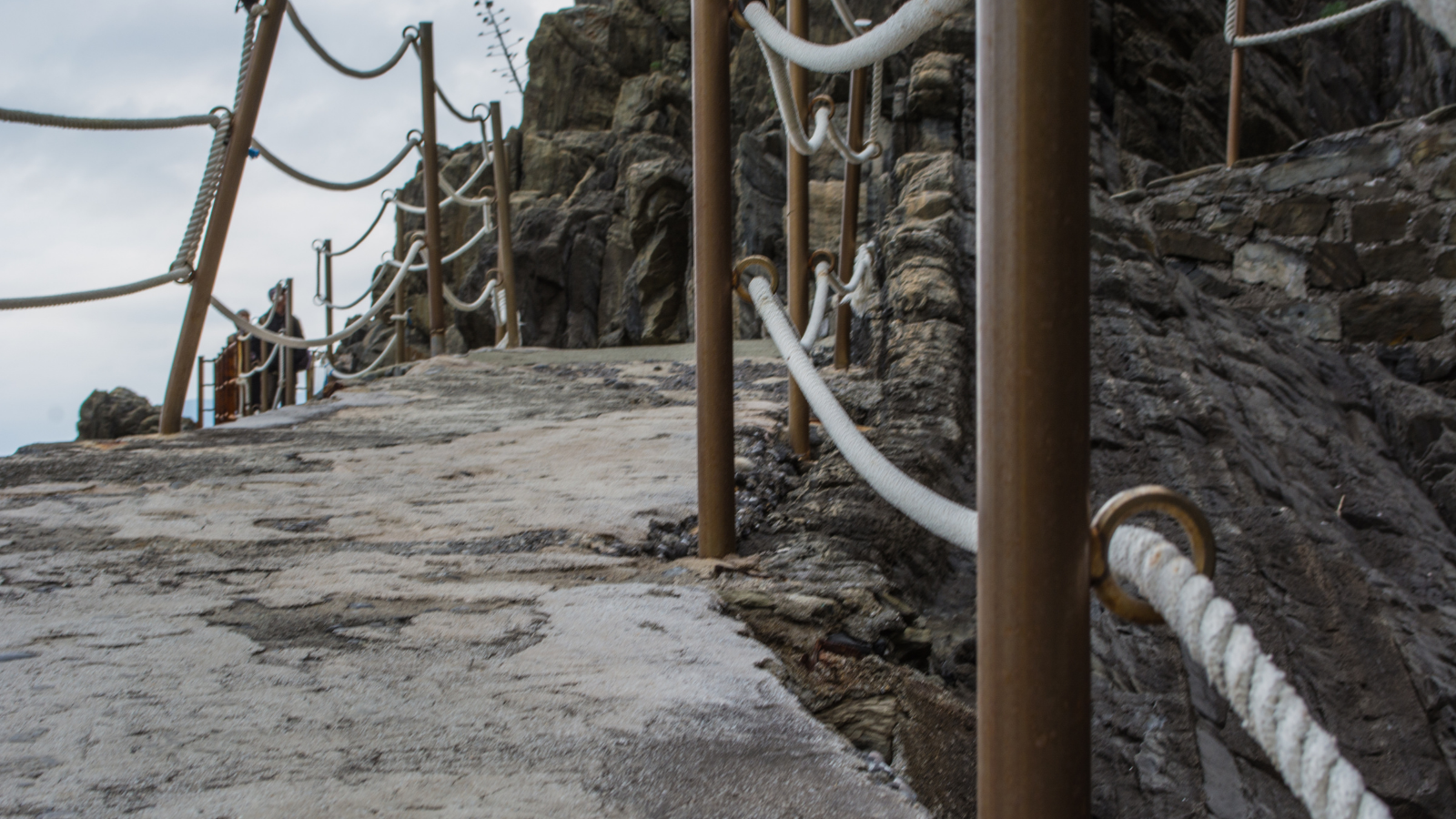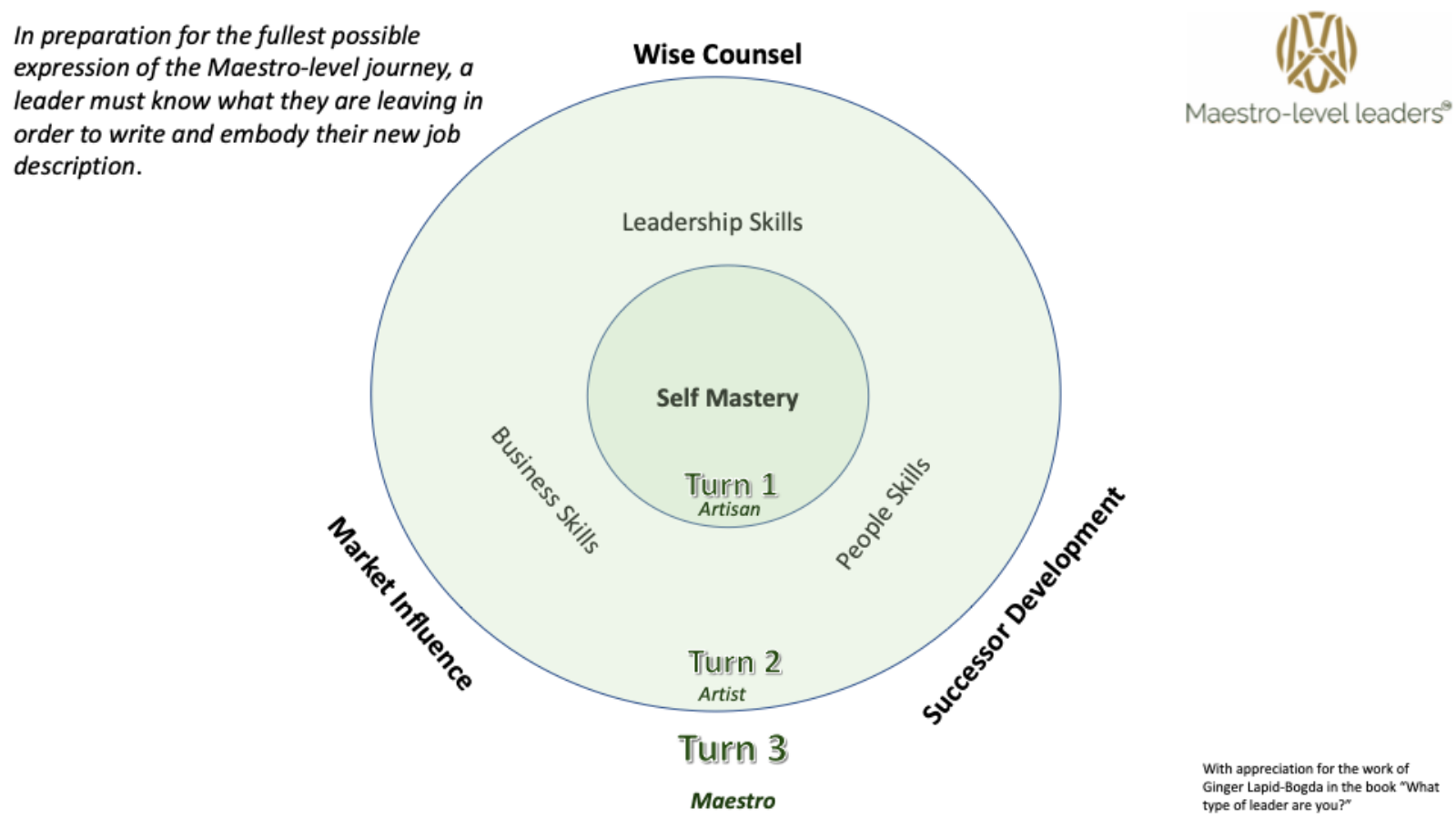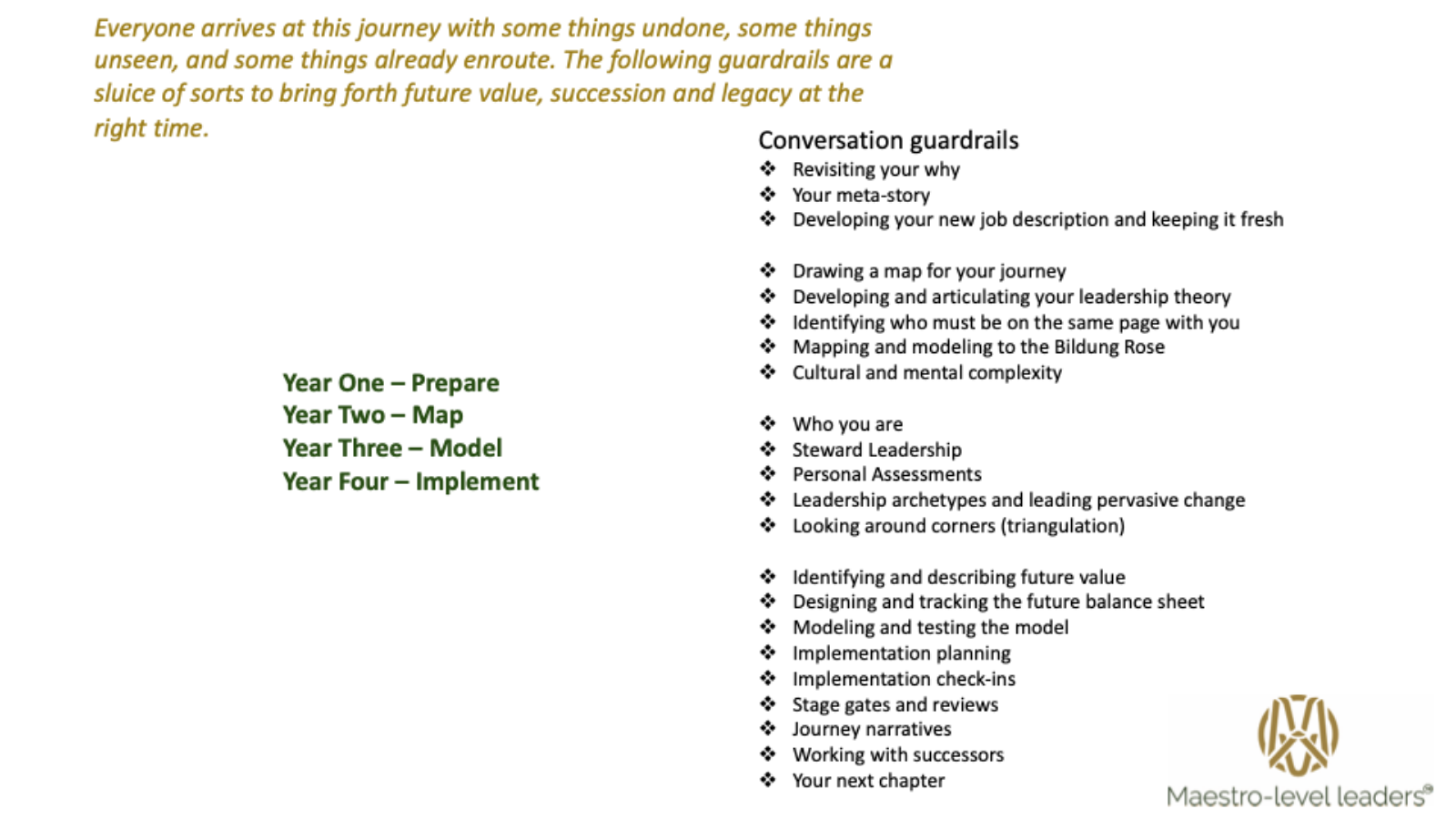
An example of facing into future value:
A previous client of mine was considering replacing a nearly condemned retreat center with a new, environmentally-sensitive facility. They could estimate costs, but they could not really know the facts until they actually began to raise and spend some money for those estimates. They could not figure out how to phase the construction until people were committed to the mission of the building’s replacement. After that, they could do the engineering and excavation and permitting, all of which would give them more data on which to design and phase further fundraising and construction. They had to take a step with some level of faith in order to work with what would be discovered. Then, with that new light, they could take a next step, and so forth.
The foundational theory of Maestro-level leaders includes this insight regarding leading toward future value: When a leader faces toward developing future value for their firm, they face into a chaos from which they must create some level of order. This is in contrast to what happens when they face toward the orderly current value of the firm, out of which they use, sort, report, and evaluate that order previously created.
Leading and managing the current value of the firm can be learned by following a set curriculum and by hearing from people (peers) who are doing it or who have done it. There are many resources for this. By contrast, exploring and then leading toward future value does not have a set curriculum. Experienced travel companions can make the journey less lonely and more inventive.
The Maestro-level leader experience includes a set of guardrails —a sluice of sorts through which this exploration and leadership is poured and molded into its unique shape.

Moving fully into a Maestro-level leader role (what I ever more frequently call the Third Turn) requires a new job description. Figuring out that job description is one of those guardrails that help the Maestro-level leader peer into the mist of the future and see stepping stones. Taking that next step, they can begin to see the next stepping stone, and then the next.
Along with clarifying a new job description, these leaders use other guardrails to guide the journey - which requires four years in most cases.

The future value toward which the Maestro-level leader leads is one that others will develop into a current value; what that Third Turn leader develops now will become the domain of others. Whether others will understand its value will depend in part on how effectively that leader develops the leadership capacity of others. The leadership capacity of others must be seen as part of that future value they are shaping.
Truthfully, future value work is some of the most difficult the lifelong executive leader will do, if they are committed to excellence. This will be their most significant and memorable achievement - or lead to their crumbling. Either way, what they do here is what everyone will remember.
This work is unmapped and takes place in a unique person working in a unique context. Along the way, some of what they pack in their travel bag will need to be discarded. They will have to invent some tools as they go, relying on their ability to learn rather than repeating what they think they have come to know.
It is a privilege to facilitate conversations like these and to be one of those traveling companions.
You can find more about Maestro-level leaders at www.maestrolevelleaders.com, and from the Third Turn Podcast. The next Maestro-level leaders cohort begins in January 2021.
Tags:
Mark L. Vincent, Design Group International, leadership legacy, Maestro-level Leaders, Future Value, Guardrails
Post by
Mark L. Vincent
November 25, 2020
November 25, 2020
I walk alongside leaders, listening to understand their challenges, and helping them lead healthy organizations that flourish.
Comments